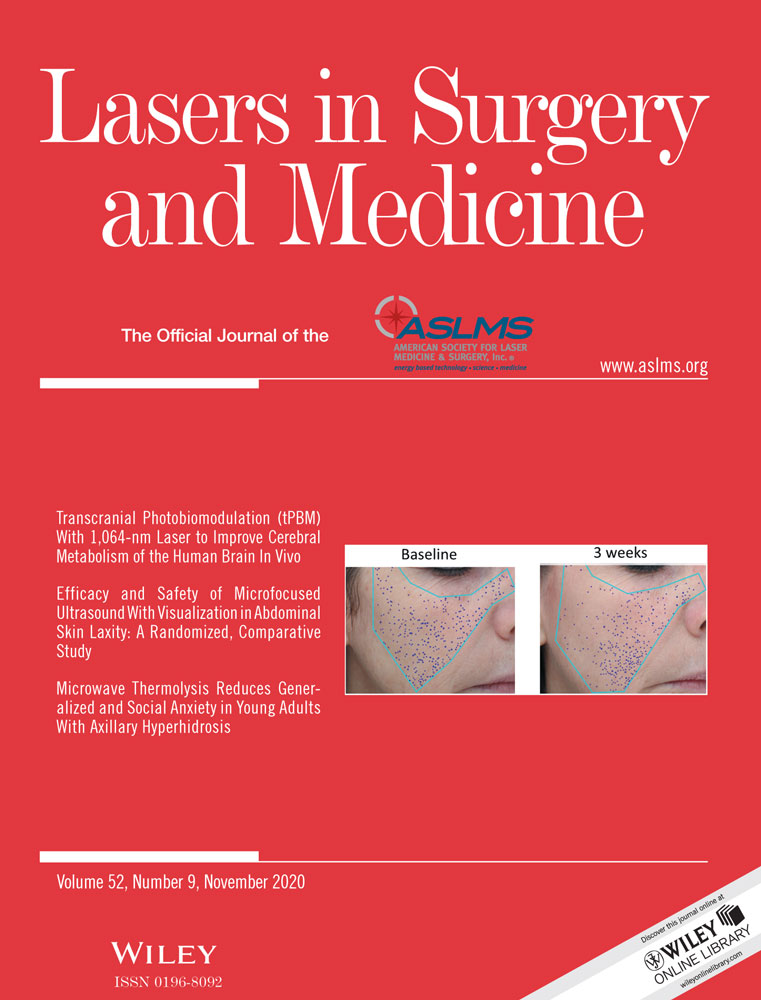Dermatologic Device Clearance Within the Food and Drug Administration's 510(k) Pathway
Conflict of Interest Disclosures: All authors have completed and submitted the ICMJE Form for Disclosure of Potential Conflicts of Interest and none were reported.
Abstract
Background and Objectives
Device innovation in dermatology is increasing. Medical devices identified as “substantially equivalent” to predicate ones by the United States Food and Drug Administration (FDA) may be exempt from premarket approval through the 510(k) pathway. The 510(k) pathway has been criticized for having less stringent clinical data requirements, and implications of dermatologic device clearance via this pathway are incompletely described. The objective of this study is to characterize dermatologic device clearance via the 510(k) pathway.
Study Design/Materials and Methods
We performed a retrospective review of the FDA's 510(k) database between January 1, 1996 and December 31, 2018. Dermatologic devices were included based on product code and classified by the application. Approval pathways and decision characteristics were compared among dermatologic device categories.
Results
Of the 76,607 records screened, 4,637 met inclusion criteria. Laser/thermal devices comprised the largest category (64.2%), followed by wound (24.0%) and light-based devices (5.8%). The majority of 510(k) pathway submissions were traditional (89.2%) compared with alternative (10.8%) submission types (P = 0.003). Devices that were deemed substantially equivalent without limitations (98.5%) were the most common among all device categories. Rates of device clearance over the study period increased for all categories except laser/thermal devices.
Conclusions
Dermatologic devices are increasingly cleared via the FDA's 510(k) pathway through “substantial equivalence” with minimal requirements for premarket clinical data. Lasers Surg. Med. © 2020 Wiley Periodicals, Inc.




